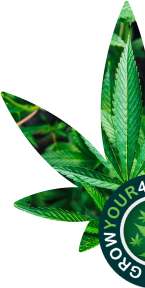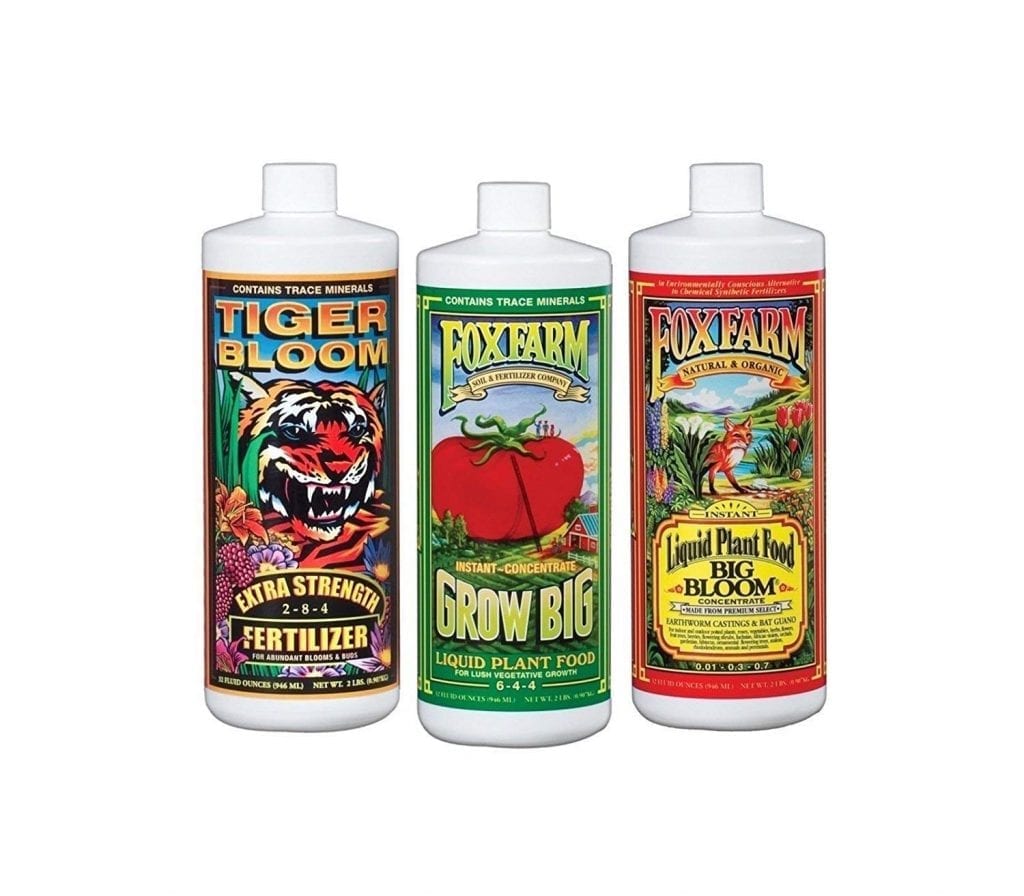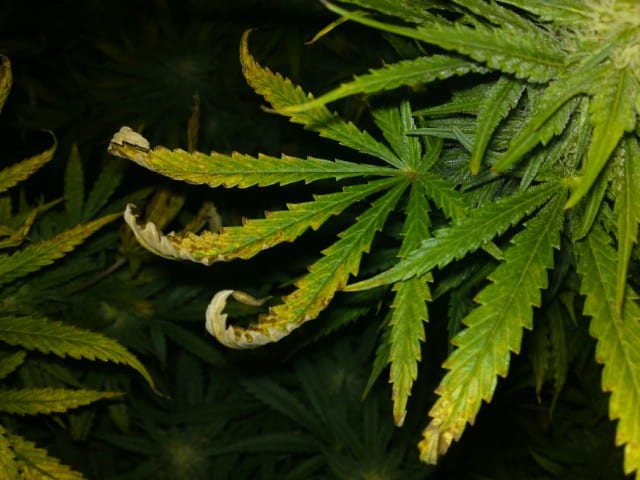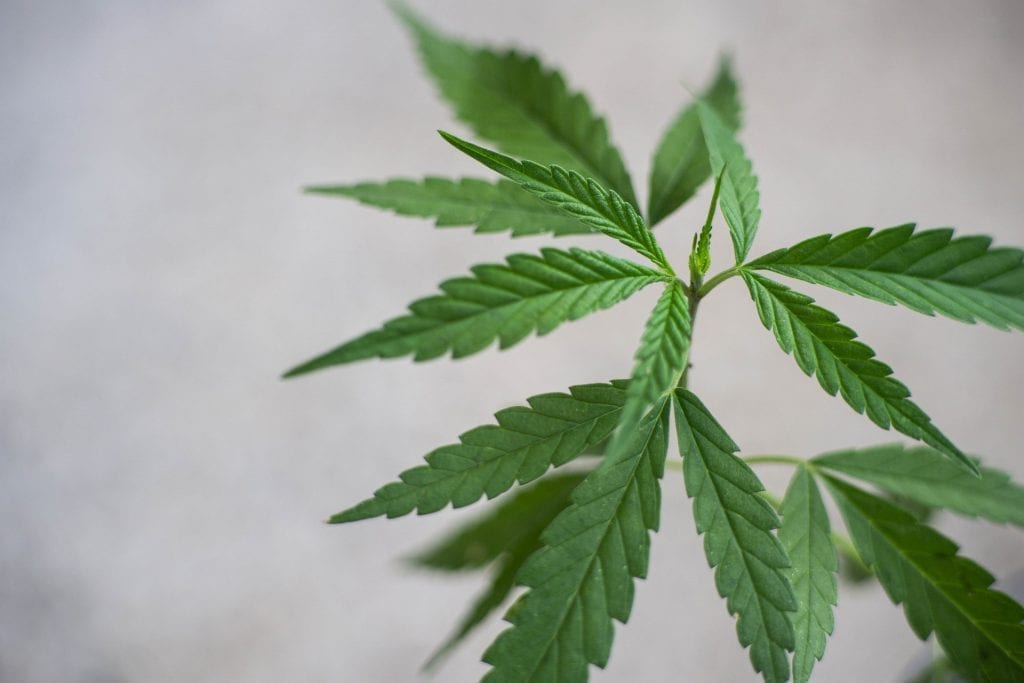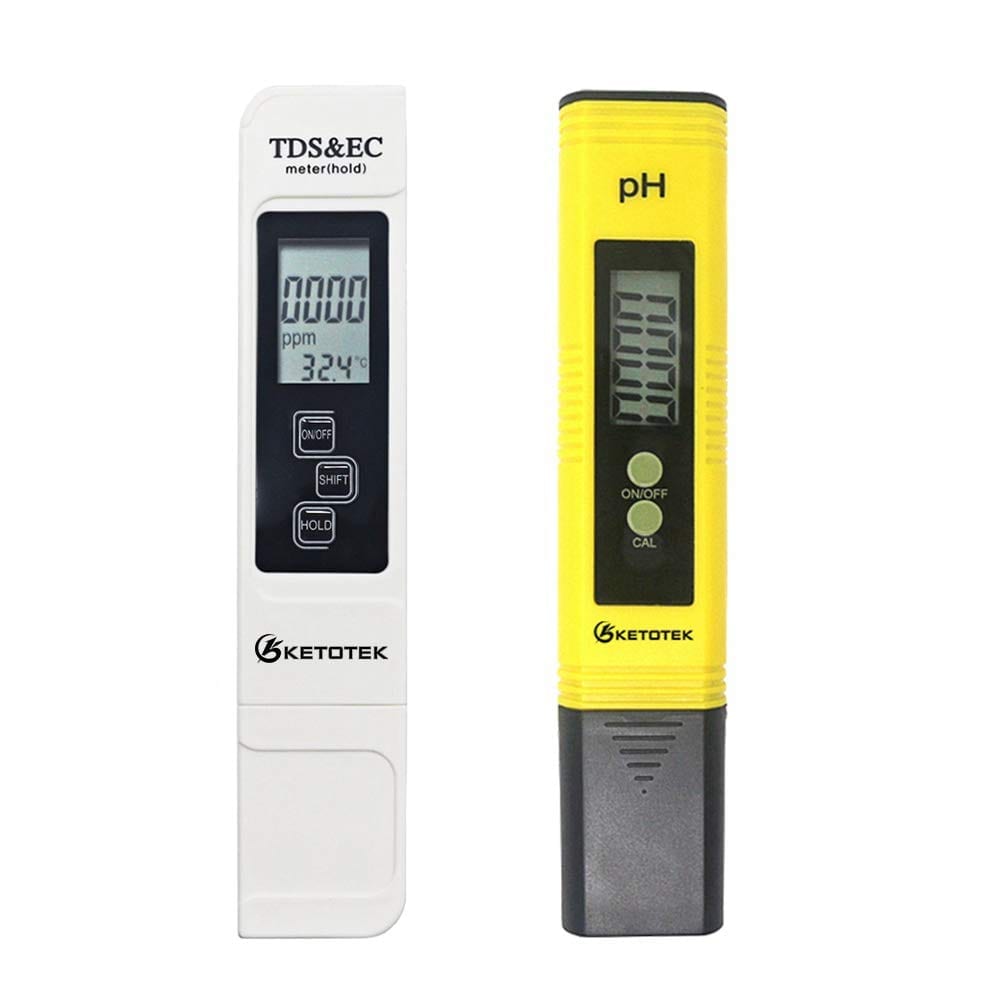According to Elsevier (2017), the first edition of the Merck Manual included cannabis, and the recommendation was given to use it for managing several health conditions, including epilepsy.
Does your cannabis plant have burnt tips? Does its leaves have yellow spots? Or, are the leaves eventually turning brown? Then you might be dealing with potassium deficiency.
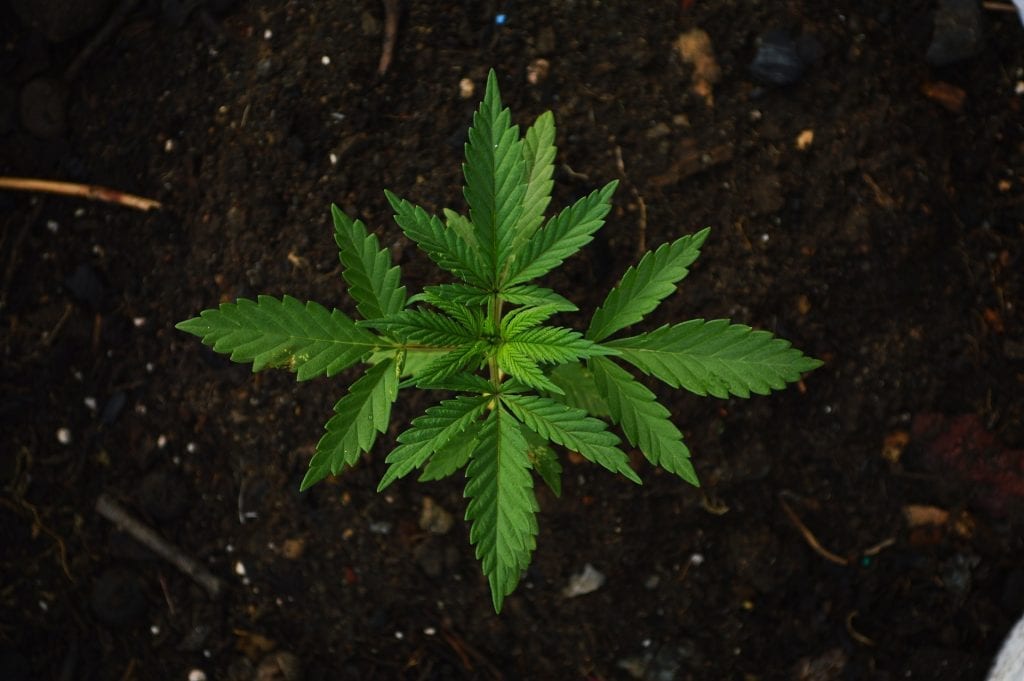
This post is going to provide all the information that you are seeking. Several nutrients influence the development of cannabis, but potassium deficiency cannabis is the most common during the flowering stage.
Potassium is a beneficial mineral and an integral component in several natural processes in marijuana plants. Thus, potassium deficiency symptoms can lead to a variety of problems.
If you do not cater to this problem immediately, your cannabis plant will eventually die. If you want to prevent this from happening, continue reading.
What is Potassium?
Potassium is the primary macronutrient that plants need to thrive and survive. It is a staple nutrient in the cultivation of plants.
It is a silver-white, low-melting member of the alkali metal group that is abundantly present in nature and makes up 2.1% by weight.
Potassium is capable of reproduction and healthy growth. Also, it considerably affects plants’ taste, shape, color, size, etc. Plants consume potassium in ionic form, i.e., K+.
Potassium plays a variety of roles in a plant:
- In the process of photosynthesis, it helps in regulating the closing and opening of stomata. Thus, it regulates the uptake of CO2.
- Potassium assists in the synthesis of starch and protein in plants.
- As per the University of Minnesota, potassium triggers the activation of certain enzymes for generating ATP (energy).
- Potassium plays an essential part in controlling the amount of water in plants. Potassium affects both, i.e., uptake of water via the roots and loss of water via stomata.
- It raises immunity in plants against insects and diseases.
- It can enhance drought resistance.
- In plants, it is also responsible for activating growth-related enzymes.
What is the Function of Potassium in a Cannabis Plant?
Potassium is one of the essential nutrients for growing cannabis; however, it is not present in significant quantities in plant tissues. The function of potassium in cannabis are as follows:
- It participates in the process of photosynthesis and works as a catalyst to metabolize carbohydrates. Hence, it increases the production of sugar and allows plants to store energy.
- It also plays a role in the formation of amino acids and proteins. Amino acids also contain nitrogen. Nitrogen – a natural element in the structure of ammonia is crucial for reproduction and growth in plants. Hence, the presence of potassium and nitrogen is essential for marijuana plants to perform various metabolic processes.
- It enhances the volume, density, and weight of the cannabis buds.
- In unison with phosphorus, it enhances the sturdiness and consistency of plant tissue and root system. Hence. It protects from harsh winters.
Potassium is essential for cannabis to grow and develop. It absorbs into the soil to provide certain benefits such as:
- Plants thrive faster
- Become drought resistant by using water efficiently
- Develop the strength to fight diseases
- Develop the ability to resist all kinds of pests
- Results in more substantial growth
- Produce high yields
How to Detect Cannabis Potassium Deficiency?
To detect the deficiency, you can spot the potassium deficiency symptoms. They are mainly present on the cannabis leaf. The wide array of symptoms is similar to nutrient burn or iron deficiency.
To detect if it is potassium deficiency cannabis, you must check your nutrient water’s EC and ph levels. They both should remain constant.
Moreover, the deficiency of potassium affects other parts of the plant as well. One more thing raises suspicion, which is, if your cannabis plant lacks potassium, it may be taller than other plants. Why?
This is because it will cause the stem to become weak. Thus, the plant will eventually stretch out.
Your plant may become worse if you do not address this problem. The foliage will begin to reveal chlorotic spots, and you will see red and yellow patches.
Also, it is essential to keep in mind that in potassium deficiency cannabis, the veins inside the foliage will always remain green. However, the stems and petioles will show red tones.
You will observe that the nutrient deficiency will cause the plant’s growth to slow down. Therefore, it translates that there will be a lower yield, and new foliage will have a smaller size.
Potassium in a plant is highly mobile. Due to low levels of potassium, this nutrient from older leaves will progress quickly upward; therefore, you will discover necrosis on the margins of the biggest leaves.
Signs that Can Help You Detect Low Levels of Potassium
- This mobile nutrient will move from the bottom to the top of the plant.
- Brown spots will appear mainly in the center of the leaves.
- These brown spots will spread.
- White spots will occur, and you will observe leaves turning yellow.
- The ends of the leaves will become brown or black.
- Leaf margins will become rusty in color.
- Stems will become thin and weak.
- Space will increase between the branches.
- Flowering will diminish, and plants will become stunted.
- In the end, the brown foliage will curl and die.
What are the symptoms of potassium deficiency?
Here is a quick review of some of the common potassium deficiency symptoms.
Changes in the Color of the Leaves
- Edges of the leaves become brown
- Leaves turn pale
- Older and lower leaves become yellow
- Brown and dark spots begin to appear
- Leaf tip and margins burn and turn rusty
Potassium Deficiency Symptoms on Leaves
- The tips of the leaf die
- Patches on foliage
- Older and lower leaves fall off
Potassium Deficiency Symptoms in Cannabis Plant
- Stunting of plant
- Plant grow abnormally
- Leaves curl either upward of under
- Stems turn weak and can easily bend
- Plant becomes taller
- The yield of buds reduces significantly, and they do not get fat
- Excess calcium hinders absorption of potassium; hence, causing deficiency
What Causes a Deficiency?
If you compare your body to a plant, you will realize that potassium is necessary for both. If a person is experiencing vomiting or diarrhea, taking water pills, or not consuming enough potassium will prolong the issue.
A simple blood test will determine the levels of potassium in the blood. The potassium deficiency symptoms depend upon the severity of this nutrient deficiency.
In various heart diseases and other medical conditions, low levels of potassium may lead to muscle cramps, high blood pressure, abnormal heart rhythms, fatigue, etc.
Similarly, when growing cannabis monitoring the levels of potassium is crucial. Potassium deficiency most commonly occurs in soil.
The reason for low levels of potassium can be due to the salt buildup in your growing media, such as coco coir or soil. It can also be due to the addition of excess nutrients and fertilizers.
Moreover, issues in pH can also lead to this nutrient deficiency. You can face the potassium lockout. Nutrient lockout commonly occurs in plants, and it is the leading cause of several deficiencies.
Potassium lockout makes the growing medium acidic when ph drops. Since the ph level is too low in the soil, it stresses the roots and prevents potassium uptake.
A hydroponic system will not cause a potassium deficiency. If you are growing your plant in aqueous-based systems currently, then this nutrient deficiency is highly rare.
How to Fix a Potassium Deficiency in Cannabis?
Sometimes some stressful situations trigger potassium deficiency in cannabis, such as heat, overwatering, transplant, etc. The condition of the plant may improve once the stressful period is over. Here are a few solutions to eliminate potassium deficiency in cannabis.
Make Adjustments in pH levels
Here are some pH values that you should consider while growing cannabis in different mediums:
- The pH level of soil: 6.0 to 7.0
- pH level in hydroponic systems: 5.5 to 6.5
The values below 7 signify that in low pH ranges, potassium is significantly absorbed. The higher pH will make your plant nutrient deficient.
Moreover, if your pH level varies or the reading of EC is odd, then check the buildup of salt in your feeding schedule.
To adjust the pH levels, try flushing your medium. Use water with neutral pH to eliminate excessive nutrients.
Do Not Overwater Your Cannabis Plants
To keep cannabis plants healthy correct watering is essential. Also, the frequency and method of watering plants have a high impact on new buds.
Read Supplement Labels Correctly
It is necessary to read the supplement labels accurately. These labels inform how nutrients interact with one another. The elevated levels of certain nutrients will lock other nutrients out. For instance, high levels of nitrogen and calcium deplete potassium absorption.
Use Supplements
To overcome nutrient deficiency, you can use potassium supplements. Only provide supplements after flushing your plant well. Few potassium supplements include:
- Wood ash
- Potassium bicarbonate
- Kelp meal
- Banana peels
- Potassium silicate
- Marijuana booster
- Potassium sulfate
- Bloom fertilizer
- Potassium dihydrogen phosphate

Other Solutions
Keep plants away from grow lights to prevent light burn
Do you know strong HPS and LED lights can overheat cannabis leaves? Before changing your watering solution or growing medium, notice your grow lights. Burn symptoms will appear on leaves even if the surrounding has a cold temperature.
To prevent a light burn, move your marijuana plant a few inches away from the strong HPS or LED lights. If the problem stops, it signifies that you should not keep the light source closer than twelve inches.
Use high-quality nutrients and soil
Several cannabis plants do not require additional nutrients if the leaves are undergoing a nutrient deficiency. The deficiency of potassium may begin if you’re using reverse osmosis water or demineralized water to feed the plants.
To overcome the deficiency, you do not have to throw in nutrients. The provision of good quality soil and cannabis-friendly nutrients will do the job. A few examples of right cannabis nutrients are:
- General Organics Box – soil
- Botanicare – soil and Hydroponics
- House and Garden – soil, coco coir, and hydroponics
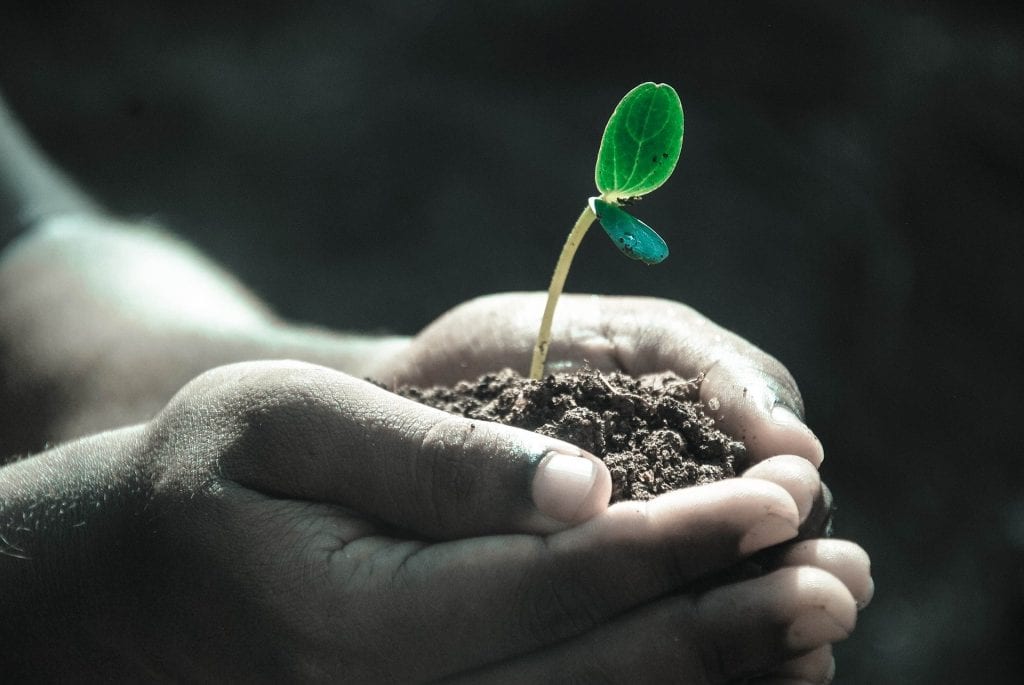
Summary
Hopefully, this detailed article provided you with all the necessary information that you were searching for, related to potassium deficiency in cannabis.
Deficiencies can recover if you feed your cannabis plant with the right amount of nutrients, provide proper supplementation, and maintain pH levels. After reading the above article, you can now fix the problems of your plant promptly and without any trouble.
Good luck in detecting, solving, and preventing potassium deficiency!
Table of contents

